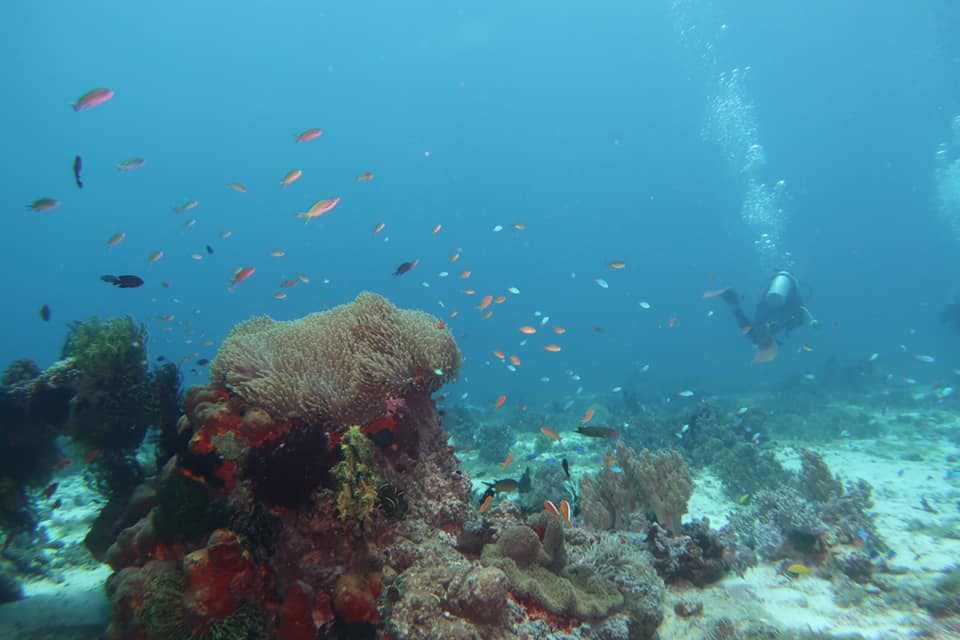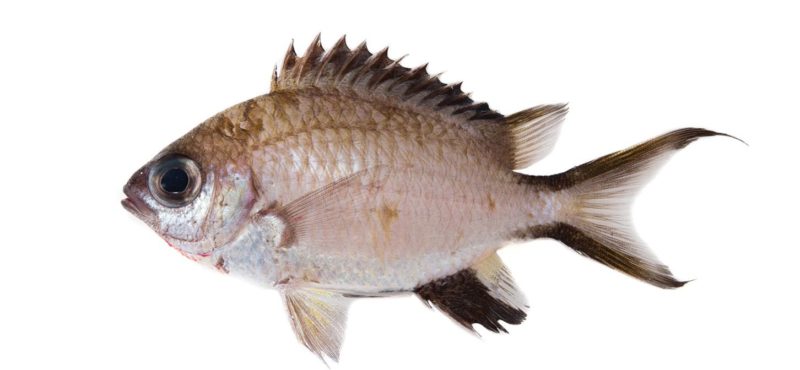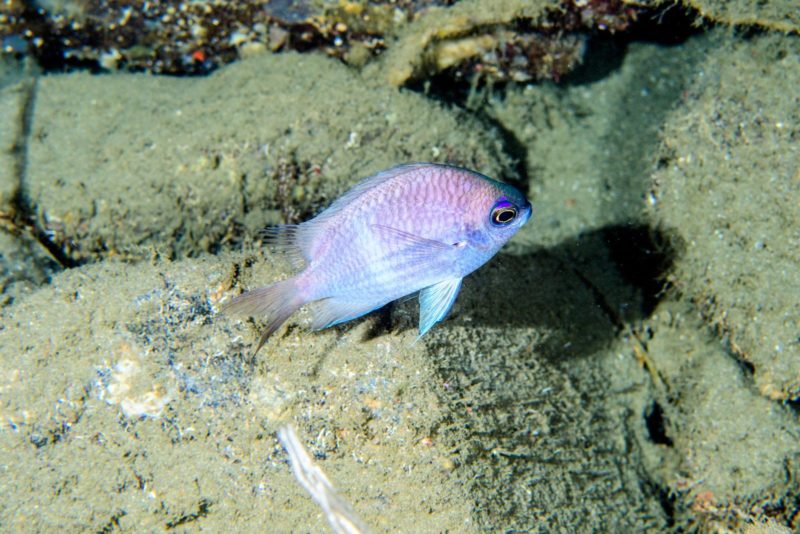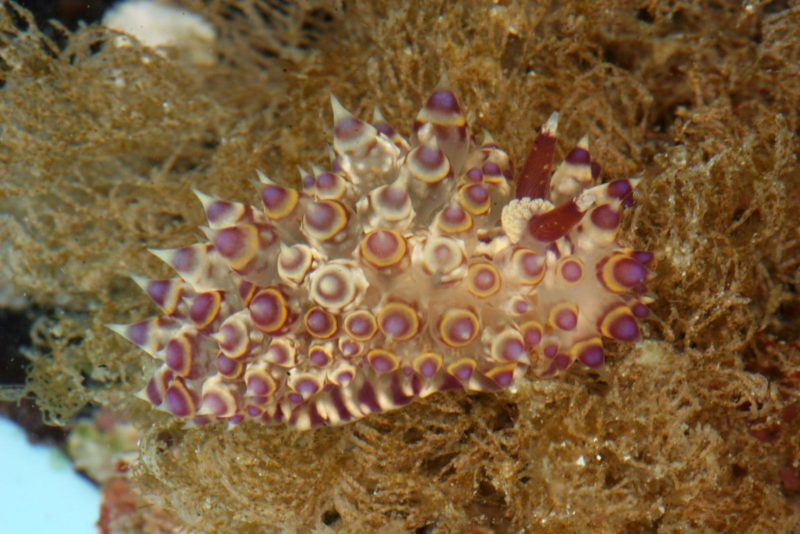
Five new species from the Philippine waters have just been officially recorded by the California Academy of Sciences (Cal Academy) among the 71 new species discovered from around the world this year.
Cal Academy, a research institute and natural history museum in San Francisco, identified the new marine species found in the Philippines as consisting of three damselfishes and two sea slugs.
A group composed of Academy scientists and international collaborators described the new species discoveries in the new report released by Cal Academy on December 5 and reported by FlipScience.
Marine scientists and conservationists put the Philippines in the world’s ecological map in 2005-2006, as the Verde Island Passage was declared the “Center of the Center of Marine (Shoreline) Biodiversity in the World” for having the highest concentration of species per unit area.
Science researchers afterward started to flock to the country, among them are scientists from the California Academy of Sciences who have been collaborating with local scientists on research, specimen collection, and the search for new species.
In 2018, the Academy described 229 described new species that were collected around the world, 14 of which came from various parts of the Philippines.
Here are the 5 new marine species recorded by Cal Academy and as described by Mikael Angelo Francisco on FlipScience:
1. Chromis gunting (Scissors chromis or dragfish)

Named after the pattern on its tail that resembles a pair of scissors (“gunting” in Filipino), Chromis gunting was one of the new damselfish species discovered in the Verde Island Passage earlier this year. The Academy worked with researchers from the Bernice P. Bishop Museum and the Hawai’i Institute of Marine Biology to describe this new fish, which is shorter than a crayon.
2. Chromis hangganan (Dark margin chromis)

Named after the Filipino word for border (“hangganan“) and about as big as a standard pool ball, Chromis hangganan swims freely in the waters around Lubang Island, Occidental Mindoro. Black outer margins on its fins frame its yellowish body.
3. Chromis bowesi (Rhomboid chromis)

Chromis bowesi is another new species found in the Verde Island Passage. Nearly as long as an ATM card, C. bowesi takes its name from the late philanthropist William K. Bowes Jr., the main sponsor of the Academy’s Hope for Reefs initiative.
4. Janolus flavoannulata

Despite having described about 1/4 of all known sea slug species, Dr. Terry Gosliner is still amazed by all the new species he and the Academy uncover every year. One example is Janolus flavoannulata, a particularly colorful and visually stunning nudibranch.
5. Janolus tricellarioides

Janolus tricellarioides holds special significance to Dr. Gosliner, as it was the first new species he collected from the Philippines when he started researching the country’s marine biodiversity in 1992. After 27 years, the species finally received its official name, care of Dr. Gosliner and Dr. Marta Pola of the Autonomous University of Madrid (Universidad Autónoma de Madrid). According to Academy Chief of Science Dr. Shannon Bennett, biodiversity experts estimate that over 90% of the world’s species have yet to be discovered.
Cal Academy’s Dr. Shannon Bennett, PhD, and Academy Chief of Science said of the newly discovered species in the world, “A rich diversity of plants and animals is what allows life on our planet to thrive: the interconnectedness of all living systems provides collective resilience in the face of our climate crisis.”
“Each newly discovered species serves as an important reminder of the critical role we play in better understanding and preserving these precious ecosystems,” adds the Academy Chief of Science.
The richness of Philippine biodiversity in its seas has been acknowledged worldwide, with foreign tourists coming to the Southeast Asian nation for diving and photography in the marine life-rich travel destinations that have been cited as the best in the World Travel Awards.
Even inland the natural wealth of the Philippine ecosystem is seen, with the recent discovery by Filipino scientists of a new subspecies of the Hoya plant – also known as “shooting star”.
TELL US in the comments below about your exploration of the Philippines’ rich biodiversity!
Like, Follow, Subscribe to GoodNewsPilipinas.com Facebook, Twitter, Instagram, Good News Pilipinas! TV on YouTube, new story notifications and e-mail newsletters for updates on more Filipino Pride stories.












